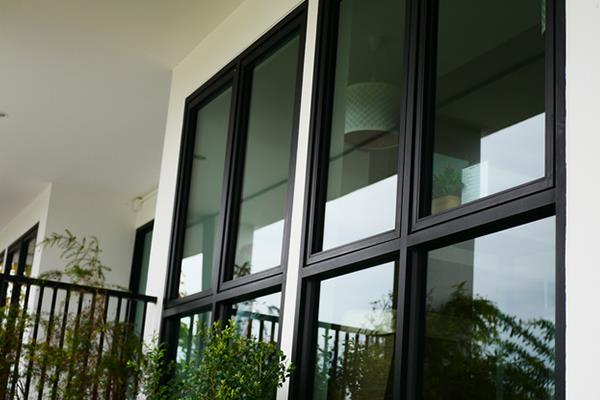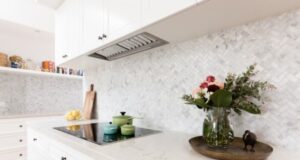
There is an incredible range of window styles available for homes in Australia, each suited to different functions, preferences and climate conditions. In addition to classic sliding and hinged options, other common styles include skylights for daylighting and louvre windows for improved airflow.
When selecting a window style, it’s important to consider:
- Ventilation: Larger openings provide more airflow. Louvres and casement (side-hinged) windows typically offer the highest ventilation potential.
- Security: Fixed or narrow-opening windows improve safety, particularly in ground-level rooms.
- Energy efficiency: Hinged windows generally seal more tightly and have lower air leakage rates than sliding types, helping improve thermal performance and compliance with National Construction Code (NCC) 2022 requirements.
- Maintenance: Sliding windows and fixed panes require minimal upkeep compared to multi-pane or awkwardly positioned windows like clerestory or skylights.
Compliance considerations (as of NCC 2022)
- Installation standards: All window types must be installed with a minimum 10mm clearance at the head, and should not be structurally load-bearing. Galvanised strap fixings are required for double-brick construction.
- Safety glazing: Windows within 2m of the floor in high-risk areas (kitchens, bathrooms, stairs, etc.) must use toughened or laminated safety glass. Under NCC 2022, 4mm toughened glass is limited to a maximum area of 2m².
- Condensation control: Windows that restrict passive airflow (such as fixed windows or sealed double glazing) must be part of a system that includes background ventilation or trickle vents. Skylights must incorporate sarking and roof space ventilation to manage condensation.
- Thermal performance: Window style influences air infiltration rates and overall U-values. All windows must support compliance with 7-star NatHERS ratings for new homes.
Suggested diagrams and images
- Window styles infographic
- Compare common styles: sliding, casement, awning, fixed, louvre, skylight.
- Include icons and ventilation/opening size metrics.
- Performance comparison table
- U-value and air leakage characteristics for each style (hinged vs sliding).
- Installation diagram
- Show head clearance, flashing, packers and strap fixing.
- Safety glazing compliance map
- Illustrate areas in the home that require safety glass.
- Ventilation and condensation cross-section
- Detail roof venting for skylights and placement of trickle vents in louvre or awning windows.
Choosing window styles should involve a balance of aesthetics, functionality and performance. Matching the right style to your location, climate and use will ensure comfort, safety and compliance in the long term.





